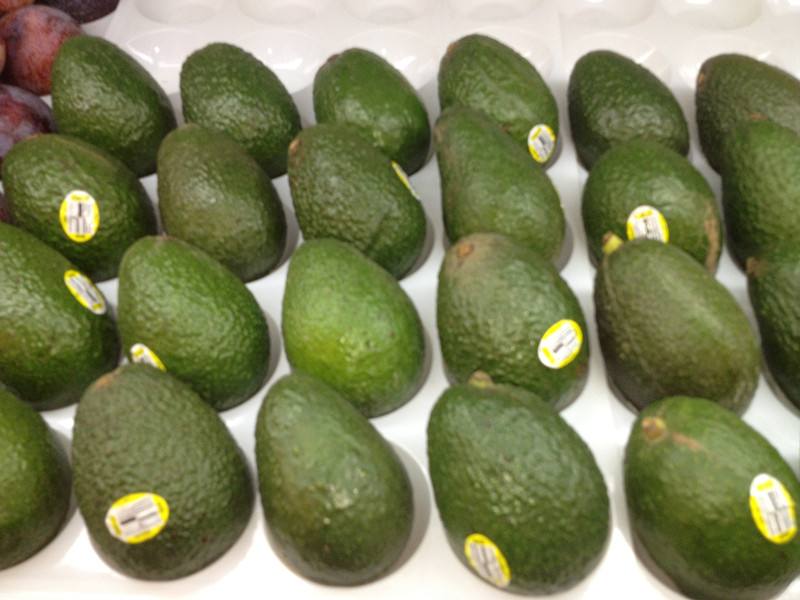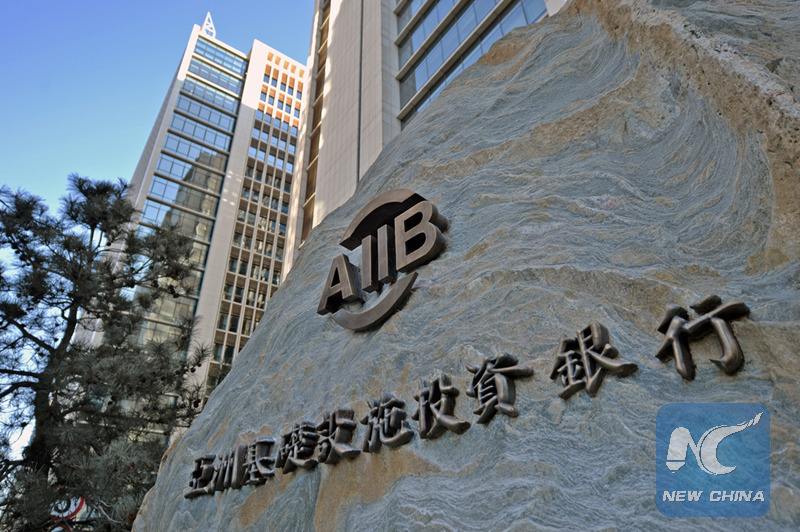By Gina Caballero, Principal Executive at CAF Development Bank of Latin America
The 2nd China-Community of Latin American and Caribbean States (CELAC) Forum is being held in Santiago, Chile on Jan. 19-22. In the last couple of years, economic trends have begun to change. Although in 2017, China-Latin America trade had rebounded at USD 266 billion, increasing 16% after struggling under three years of declines that no longer defines ties between both sides.
Today, exchanges on multiple fronts, whether economic, political, cultural, scientific or even in sports, shape the true nature of China-Latin America relations. Policy makers from both sides are reflecting upon past results to inspire new changes that generate more benefits for both sides.
The new trends have been influenced by Beijing's rebalancing act. Chinese President Xi Jinping said at the 19th National Party Congress that China has entered a "new era" and will continue to modernize, and its citizens will have increasing demands to capture a better life.
While China rebalances its economy away from relying on exports and towards innovations and consumption, new patterns could establish better diplomatic ties with other nations. First as domestic investment slackens, capital outflows will increasingly flow outside China.
Already last year, Chinese investments in Latin America had hit a historic high of USD25 billion. Investments have diversifying among different countries in the region. In Chile, in the last four years, mergers and acquisitions by Chinese companies had reached USD1.5 billion.
A second emerging trend revolves around the export diversification basket to China. More Latin American companies are delivering higher quality and safe products to China. Chile has become China's top exporter of fresh fruit with a 24% share of the market and stands way ahead of China's neighbours - Thailand and Vietnam. In 2016 Chile exported USD1.2 billion of cherries, blueberries, plumps, kiwis, avocados, apples and table grapes.

Avocados produced in Peru are exported to China.
But other Latin American countries are also in the loop. Since 2012, food products have increased at an annual rate of 17% in Peru's exports to China and in 2016 reached USD77. 85 million. The rise of non-traditional agricultural products to China results from the growing purchasing power and demands of Chinese consumers who are seeking a better diet, which have driven new investments in Latin America's agriculture and food industries. As seen for instance from Joyvio Group production base in Chile and Jiangsu Tanghe Distillery 12.5% share in Viña San Pedro Tarapaca, the country's second biggest wine exporter.
Additionally, China is advocating structural transformation and industrial upgrades in its cooperation with Latin America. Beijing has already put forward frameworks,, such as the China Latin America Industrial Cooperation Investment Fund, to boost cross-border trade and investments. Meanwhile, more downstream and upstream investments have landed in the region.
Sinosteel has just invested USD450 million for an iron ore exploration project in El Mutin in Bolivia to build a processing plant. JISCO has also invested USD350 million to re-open the Alpart refinery for developing the bauxite industry in Jamaica.
China's interconnectivity initiatives, such as the Belt and Road Initiative (B&R), is looking for inroads into Latin America. Accordingly, Chile and China are negotiating a deal to construct a 20,000-24,000 km submarine cable to provide a direct telecommunincations link between the region and Asia-Pacific.
Let's not forget China's internationalization of its development agenda via the AIIB (Asian Infrastructure Investment Bank) and NDB (New Development Bank), which can open up new nodes of cooperation with the region. The new multilateral organizations have shown tremendous interest in expanding their reach to Latin America by pursuing an independent and innovative mode of development.

Asian Infrastructure Investment Bank (Photo from Xinhua)
The surge of multilateral investments will serve as the cornerstone for developments. Amazing opportunities are in reach for the region to tap into its economic endowments and invest into upgrading its industrial base for new comparative advantages. Both sides should recognize the knowledge gap that has obstructed them from achieving greater prosperity together.
As China and the region operate under different international cooperation perspectives, they should pay more attention to understanding their similarities and differences. From the Latin American side, they cannot wait any longer to pursue an active approach with China. Committing resources and staying consistent, Latin America can participate in larger investments with China.
Of course, a regional vision is necessary. The Chinese side should establish a sub-regional agency to prioritize stronger cooperation with Latin America. The focus could be sector or product based targeting countries with relative similar endowment structure so as to build economies of scale. Plus more attention should be given to project preparations to guarantee its soundness and feasibility.
Policymakers from both sides are gathering in Chile to discuss the future of relations. Both sides can better coordinate on their development agendas. They should address the technical deficits of both sides as well.
Perhaps together they can open up a technical cooperation fund for enhancing the skills to realize the potential of the new wave of investments. The mechanism could target financial and infrastructure cooperation and reach out to The South American Integration Priority Project Agenda (API) for the development of major works that aim at strengthening physical connectivity networks across the region.
Starting with their feasibility studies the technical cooperation would ensure they target bankable projects to jumpstart interconnectivity between China and Latin America. The time is ripe for both sides to take advantage of the enormous opportunities here.
(The opinions expressed here do not necessarily reflect the opinions of Panview or CCTV.com. )

Panview offers a new window of understanding the world as well as China through the views, opinions, and analysis of experts. We also welcome outside submissions, so feel free to send in your own editorials to "globalopinion@vip.cntv.cn" for consideration.
















